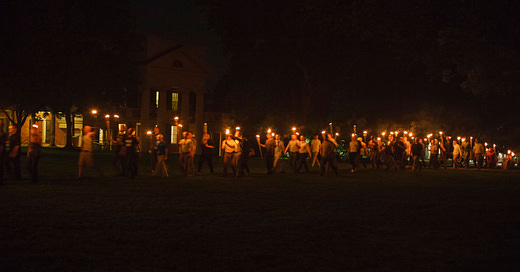This is the mid-week version of Men Yell At Me. A newsletter about the intersection of patriarchy and politics in America. You can read more about me here. If you like it and you want more, well, there is more where it came from. And you should subscribe.
This essay is part of a series of work, I’ve done about neo Nazi Richard Spencer and the trial in Ch…



